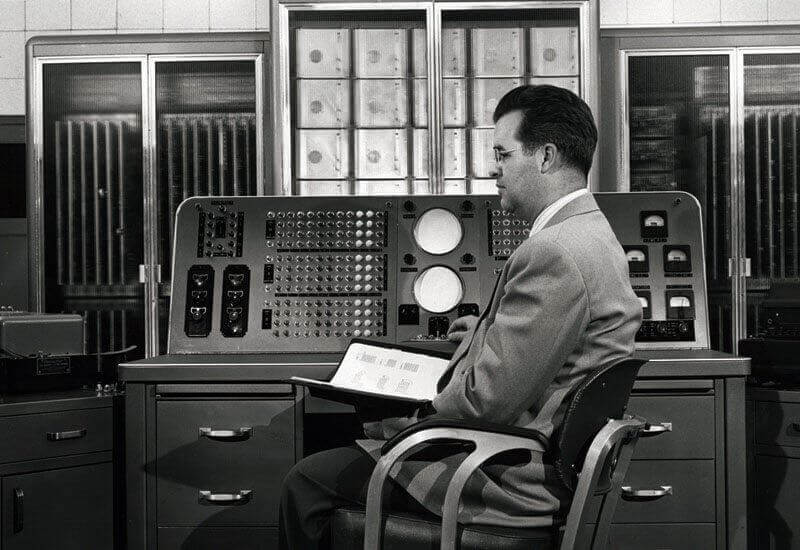
Do you know how many devices are currently “hooked up” to your in-home Wi-Fi? Go ahead and count up your phones, laptops and TVs, perhaps a smart speaker or thermostat, lights and appliances—maybe even your bed.
NB: This is an article from IDeaS
On average, there are over five connected devices per household—and that number is only set to rise in the coming years. Forward-thinking travel and hospitality companies are working on a variety of approaches to take advantage of this technology spike.
Not only do hotels need to think about how they can invest in technology to elevate the guest experience, but they must also consider the seamless connection of guest devices to their technology. Most of the technology a guest uses will be brought into the hotel by the guest, not supplied by the hotel (bring your own device – also known as BYOD). The end goal for hotels needs to be ease of use, speed of access and monetization of the guest’s digital journey from their own devices.
This has already manifested on the consumer side with tailored booking experiences, voice-controlled, in-room assistants, property-specific mobile apps and chatbot concierge services appearing at hotels, but what about technology efficiency on the business side? When more advanced technology becomes available, there is always an opportunity for an improved process to streamline productivity. For example, hoteliers overseeing multiple properties, working remotely and automating dull tasks with the right advanced technology could be making more time for strategic activity.
Powerful revenue management systems (RMS) bring together multiple sources of market data and layer that on top of hotel-specific data like actuals, forecasts and budgets. When your technology stack is seamlessly integrated, your RMS pulls data from multiple systems and builds a strategy that is pushed back out to those systems. I have seen hotel groups that revenue manage 20-30 hotels through a single revenue manager, relying on advanced technology and analytics to do all the heavy lifting. That alone is impressive, but imagine you have all that connected power in the palm of your hand or at the command of your voice.
Revenue technology is following in the footsteps of the mobile phone, evolving to fit the needs of consumers. What once was just a rate-setting and forecasting tool is now the convergence of all data insights you need to influence revenue productivity, whether at your desk, on the road or at home. Having worked on many strategic hotel revenue projects, I have experience first-hand scenarios where the revenue manager has been able to optimize pricing and inventory decisions for their hotel in less than 10 minutes, all from their mobile phone using an app. This includes communicating strategy and actions needed from other departments and teams.
Taking it a step further, having a voice-enabled assistant, like Amazon’s Alexa, involved in the process makes attaining thousands of data points simple, convenient and accessible from anywhere with an internet connection. This technology is closer than you may think, with real-life application of voice in revenue management already a reality.
Many people struggle to keep up with the change happening on a daily basis. Thankfully, voice-enabled technology is less about “hitting the books” and more about “where has this natural extension of my revenue strategy been all my life?” More or less, it’s thinking out loud, but instead of the still silence in the air, you receive the response to your question from a calming, confident voice.
Software development has always had to consider the user experience. Friendly user interfaces have become a necessity for optimal adoption and a quick return on investment. However, when your work environment frequently becomes the backseat of an Uber, the lounge at the airport or your kitchen counter while preparing dinner, how do you ensure that you have the information you need and can make the strategic decisions that are required? Hotel technology in today’s world must continue to challenge the status quo and think outside the box, or in this case, outside the computer screen.




